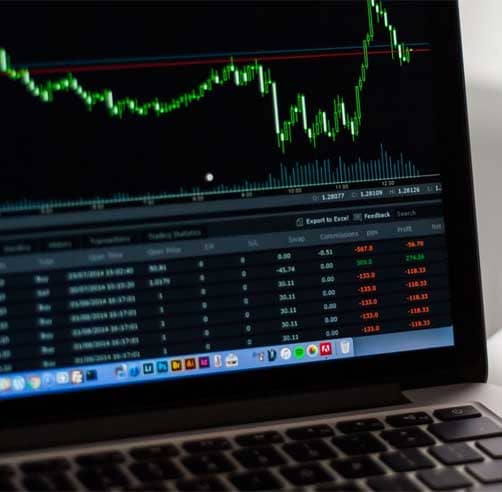Economic Outlook - February 2021
- U.S Gross Domestic Product (GDP) grew by an annualized rate of 4.0% in the fourth quarter (Q4) of 2020. Following a severe downturn in the second quarter of the year due to the COVID-19 pandemic, GDP rebounded sharply in the third quarter. However, economic momentum slowed in Q4, notably in November and December. An increase in the number of COVID-19 cases hampered consumer spending during the quarter and overall household consumption declined slightly. Reductions in government spending, particularly at the state and local levels, also detracted from growth. A substantial portion of the increase in GDP in Q4 came from business investment which was driven by continued robust housing activity and companies spending on equipment.
- Employment reports demonstrate the impact of the recent broader economic slowdown due to the increase in COVID cases. Unemployment claims remain elevated and more workers are seeking extended unemployment benefits. In addition, new hiring is lackluster. In January, the U.S. economy added 49,000 jobs which was below expectations. Further, revised figures for November and December resulted in a net loss of 159,000 jobs from previous reports. While the unemployment rate was lower at 6.3%, the improvement from 6.7% was attributable to fewer people actively looking for employment.
- Citing the need to revive the economy and bolster employment, President Joe Biden has made another round of fiscal stimulus his first legislative priority. However, his proposal has been met with resistance in the Senate and significant compromises would be needed for a bill to pass in a bipartisan effort requiring 60 votes. It appears that the President and Senate Democrats are prepared to pursue the budget reconciliation method to get legislation approved. This route involves many additional complexities, but only requires 50 votes. Either way, we foresee additional fiscal stimulus on the horizon.
- At their first meeting in 2021, the Federal Open Market Committee (FOMC), as expected, did not change their target for short-term interest rates or their program for buying fixed income securities to provide liquidity to the financial system. The target level for short-term rates remains 0% – 0.25% and they continue to buy $120 billion of bonds per month. Fed Chair Powell also reiterated that short rates will remain low for “however long it takes”, which translates into an expectation for no change until 2023. Further, Mr. Powell also stated that any discussion of a reduction in the bond buying program is “premature”.
- Looking ahead, the growing availability of vaccines to combat the pandemic, coupled with another round of fiscal stimulus and an accommodating Federal Reserve, will catalyze an acceleration in U.S. economic growth. The release of pent-up demand will be especially helpful for the beleaguered service sectors of the economy. We foresee GDP improving with each successive quarter in 2021 and growth of 5.0% – 6.0% for the year as a whole.
Sources: Bloomberg LLC, FactSet, U.S. Department of Labor, Dow Jones
Disclosure: This commentary reflects the opinions of Welch & Forbes based on information that we believe to be reliable. It is intended for informational purposes only, and not to suggest any specific performance or results, nor should it be considered investment, financial, tax or other professional advice. It is not an offer or solicitation.
If you would like to receive your copy of the Economic Outlook and Investment Review monthly in the mail, call Ed Sullivan, Vice President, at 617-557-9800, or email him at esullivan@welchforbes.com.

